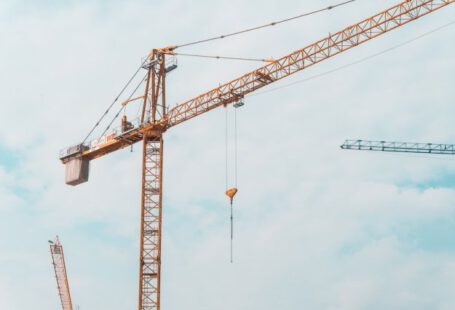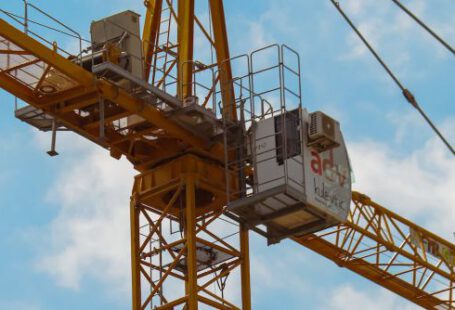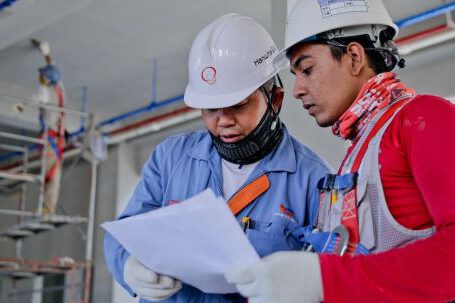The use of ergonomically designed construction equipment is becoming increasingly popular in the industry today, as operators look for ways to improve their comfort and safety while on the job. Ergonomics is the study of human body mechanics, and ergonomically designed construction equipment is designed to reduce the risk of musculoskeletal disorders among operators. These pieces of equipment are designed with the intention of providing a comfortable and safe working environment for the operator, while also improving productivity.
What is Ergonomics?
Ergonomics is the science of designing products and systems to fit the human body. It is based on the idea that people should be able to work comfortably and efficiently in order to reduce the risk of injury and fatigue. Ergonomic design is concerned with the physical, psychological, and economic aspects of the work environment in order to improve productivity and reduce the risk of injury. By designing products and systems that fit the needs of the human body, ergonomics helps to maximize comfort and safety for the operator.
Ergonomic Design in Construction Equipment
Ergonomic design is becoming increasingly important in the construction industry, as operators are often required to work in uncomfortable and hazardous conditions. Ergonomically designed construction equipment is designed to reduce the risk of injury and fatigue for the operator. This type of equipment is designed to be comfortable and easy to use, with features such as adjustable heights, adjustable seating, and adjustable handles. Additionally, ergonomically designed construction equipment can help reduce the risk of musculoskeletal disorders, such as carpal tunnel syndrome and tendonitis, which can be caused by repetitive motions or improper posture.
Benefits of Ergonomically Designed Construction Equipment
There are numerous benefits to using ergonomically designed construction equipment, both for the operator and the employer.
- Reduced Risk of Injury: Ergonomically designed construction equipment can help reduce the risk of musculoskeletal disorders, such as carpal tunnel syndrome and tendonitis, which can be caused by repetitive motions or improper posture. Additionally, the adjustable features of the equipment can help to ensure the operator is in the most comfortable position possible, reducing the risk of injury.
- Improved Productivity: Ergonomically designed construction equipment is designed to improve productivity by making it easier for the operator to perform tasks. The adjustable features of the equipment can help reduce the amount of time it takes to complete a task, as well as improve the accuracy of the work. Additionally, operators who are comfortable and fatigue-free are more likely to produce higher-quality work.
- Increased Comfort: Ergonomically designed construction equipment is designed with the operator’s comfort in mind. The adjustable features of the equipment, such as adjustable heights, adjustable seating, and adjustable handles, can help ensure the operator is in the most comfortable position possible. This can help to reduce fatigue and improve the operator’s overall comfort level.
- Cost Savings: In addition to the health and safety benefits, ergonomically designed construction equipment can also help to reduce operating costs. By reducing the risk of injury, ergonomically designed equipment can help to reduce the cost of workers’ compensation claims, as well as the cost of training and retraining employees. Additionally, the improved productivity can help to reduce the overall cost of the job, as it can reduce the amount of time it takes to complete tasks.
Conclusion
Ergonomically designed construction equipment is becoming increasingly popular in the industry today, as operators look for ways to improve their comfort and safety while on the job. Ergonomically designed construction equipment can help to reduce the risk of injury, improve productivity, increase comfort, and reduce operating costs. This type of equipment is designed with the intention of providing a comfortable and safe working environment for the operator, while also improving productivity.






